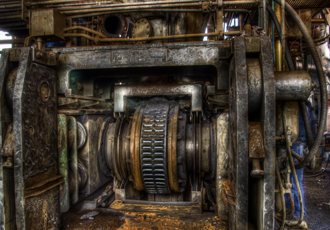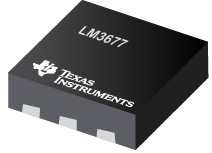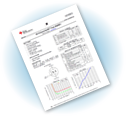How misalignment in rotating machinery can affect you

If the coupling and shaft in your rotating machinery is not aligned correctly, it may reduce the longevity of your machines. What’s more, misalignment may be responsible for up to 50% of all costs relating to rotating machinery failures. Why? Because of excessive vibration and temperature increases that cause the risk of premature bearing, coupling and shaft failure.
Misalignment can affect profits and productivity, which is why it’s important to ensure that misalignment is avoided or repaired swiftly. For more on the effect of misalignment and how to rectify it before it’s too late, check out this guide...
Are there different kinds of misalignment?
Yes, shaft alignment falls into three main types that are determined by the positioning of the centrelines of the shafts. When shafts are correctly aligned, they should run along a common centreline, but these types of misalignment that can occur when there’s an issue:
- Parallel misalignment: describes when two shaft centrelines run alongside but not in the same line due to an offset on the vertical/horizontal plane.
- Angular misalignment: describes when the motor and the driven equipment are set at an angle to each other. This makes the centrelines cross rather than go parallel.
- Combination misalignment: describes a misalignment that shows both angular and parallel issues.
All the above will require electric motor repair, but it’s good to have an idea of what kind of misalignment issue you’re dealing with.
Repairing misalignment: what are the options?
Shaft alignment is recommended for rotating machines in almost every industry to help increase uptime, decrease production losses and reduce maintenance costs. Callipers, straight edges and dial indicators all deliver different degrees of accuracy for discovering misalignment in electrical machinery. But how does realignment work?
Laser alignment
The exactness of laser alignment is perhaps its most attractive benefit. Laser alignment is not affected by gravity or any kind of sag in the equipment, which can often lead to inaccurate measurements. Likelihood of inaccuracy due to human error is also reduced with laser alignment. Plus, the system can measure from various positions to find the true rotational centre line, which means that the effects of runout are removed (runout is when the shaft or coupling strays from the true circular rotation of the machine).
The exportation and storage of data is another advantage. Data can be analysed to improve workflow and this method also allows for wireless connectivity — making working remotely possible. Laser alignment software can automatically perform calculations and produce automatic reports. Some systems are also able to measure and calculate changes needed to correct alignment issues such as soft foot.
Lastly, a ‘live view’ mode — another advantage of laser alignment — lets you determine the moment that alignment correction is reached with ease.
Mark Convery, sales representative at Houghton International, commented: “For us, laser alignment is the obvious choice, providing pin-point accuracy and a smarter way to record and store data. We regularly carry out our laser alignment services for customers in a range of industries. This provides reassurance to the customer and reduces their costs in the long run by decreasing the risk of machine failure due to misalignment.”
Knowing what misalignment is and how it can affect your business is the first step to achieving better productivity. Think today about how you will get your rotating machinery in full working order again.
Article courtesy of Houghton International.
Similar articles
More from Houghton International
- Don’t put maintenance on the backburner 13th May 2021
- How static motor testing can support preventative maintenance 24th March 2021
- Newcastle engineering business celebrates record year 21st March 2019
- The financial impact of machine down-time on UK industry 12th February 2019



ed.jpg)








Write a comment
No comments